The textile dyeing and embroidery skills of the Li nationality
Hainan island is known for its clear sky, clear water and soft sand beaches
but it also has a rich "world intangible cultural heritage:
the traditional weaving, dyeing and embroidering skills of the Li people"

As early as in the Spring and Autumn period and the Warring States Period, the ancestors of the Li nationality knew how to use plant fibers and cotton to make quilts.
In the Western Han Dynasty, the "broad cloth" woven by the Li people was designated as "Suigong" by the central Dynasty.
To the Qing Dynasty, Li Jin was even known as "Machinery of China, hundreds of flowers and Thousands of flowers" and became famous all over the world.
Spinning Craft
The spinning skills of the Li people mainly fall into two categories:
hemp spinning and cotton spinning.
Hemp spinning is the basis of cotton spinning, and cotton spinning is the sublimation and extension of hemp spinning.
The main raw materials for flax spinning are papyrus papyrifolium, Hemp hemp and rattan. The most commonly used cotton spinning material is Hainan tree cotton.
 Hainan Tree Cotton
Hainan Tree Cotton
Dyeing Techniques
In the process of long-term production and labor, the Li people have mastered the characteristics of plant, animal and mineral pigments and mixed them into various dyes.
One is the plant dye, when the production of plant skins, stems, roots, leaves cut into boiling or pounded into the dyeing VAT, add water to soak for a week, then add the appropriate amount of ash or shell (snail) ash and plant ash, after a week of fermentation to remove the dye, with coarse cloth to filter off the dregs, you can dye all kinds of fabric.
The second is to use animal blood to make dyes, folk usually use pig red (pig blood), dog blood, etc.
The third is mineral dyes, natural colored compounds of minerals ground into powder, with other raw materials to make dyes, mineral dyes used for dyeing yarn or cotton.



The Li nationality also has a unique string dyeing process.
When tying the warp thread, divide the warp thread into a small strand (about 10 yarns) and gather it together.
Wrap the knot 2-3 times with brown or black thread, and tie a group of patterns of about 35 strands.
Then tie the warp into a variety of patterns, take down from the rack, put into the VAT dyed blue and black, take out air dry;
Remove the tie thread to reveal a white pattern on a blue and black background.



There are two kinds of loom of Li nationality: waist loom and foot loom.
When using the waist loom, the weavers sit on the floor facing the warp yarn, tie the belt of the loom at the waist, step on the warp tension lever with both feet, carry out jacquard (opening) with the hand-held harnesses according to the desired pattern, shuttle back and forth (insertion) and beat weft with various colors, and keep circulating, so that the weft and warp threads are closely intertwined and smooth.


Waist Loom Of Li
The embroidery of Li nationality mainly uses the basic shapes such as straight line, parallel line, triangle, square and diamond to represent abstract figures, animals, plants and auspicious words.
These exquisite embroidery works convey a strong national flavor.
The weaving and embroidery techniques of the Li people can be divided into single-sided embroidery, which embroiders patterns on the front of the fabric, and double-sided embroidery, which embroiders patterns on both sides of the fabric.


黎族双面绣
For thousands of years, the Li people lived and multiplied on Hainan Island.
In the process of developing and constructing tropical islands, they created a precedent of China's cotton textile industry, which has been inherited to this day.
The traditional spinning, dyeing, weaving and embroidery skills of the Li nationality were listed in the first batch of national intangible cultural Heritage in 2006.
In October 2009, it was listed in the first batch of "Intangible Cultural Heritage in Urgent Need of protection" by the United Nations Scientific, Educational and Cultural Organization, thus joining the ranks of the world's intangible cultural heritage.
Sinoteco
Naturoot
sinotex2@sinotexs.com
021-50818802
www.sinoteco.com








